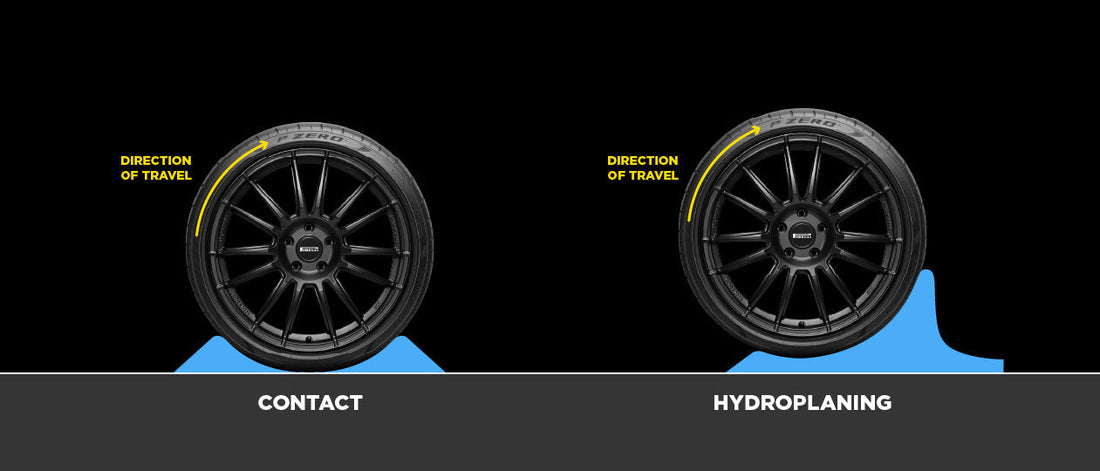
Dangers of Driving in Water - Hydroplaning
Share
Have you ever experienced the unsettling feeling of losing control of your vehicle on a wet road? This phenomenon is known as hydroplaning, and it can be a dangerous situation for drivers. Let's delve into what hydroplaning is and how you can prevent it.
What Is Hydroplaning?
Hydroplaning occurs when a layer of water builds up between your tires and the road surface, leading to a loss of traction. This can result in your vehicle skidding or sliding uncontrollably, making it challenging to steer or brake effectively. Hydroplaning is most common during heavy rain or when driving over puddles at high speeds.
How to Prevent Hydroplaning
Preventing hydroplaning starts with proper maintenance and driving techniques. Here are some tips to help you avoid this hazardous situation:
Maintain Proper Tire Tread and Pressure
Ensuring that your tires have sufficient tread depth and are inflated to the correct pressure is crucial in preventing hydroplaning. Worn-out tires with low tread depth are more prone to losing traction on wet roads.
Reduce Your Speed
Slowing down when driving in wet conditions is essential for reducing the risk of hydroplaning. The higher the speed, the easier it is for your vehicle to lose contact with the road surface and hydroplane.
Avoid Sudden Movements
When driving on wet roads, it's important to make gentle steering and braking movements to maintain control of your vehicle. Abrupt actions can increase the likelihood of hydroplaning.
Follow Tire Tracks
Driving in the tracks left by vehicles ahead of you can help reduce the chances of hydroplaning. These tracks have already displaced water, providing better traction for your tires.
Avoid Puddles
Steering clear of standing water, especially puddles, is another effective way to prevent hydroplaning. By avoiding areas with excessive water buildup, you can minimize the risk of losing traction on the road.
By following these tips and staying vigilant when driving in wet conditions, you can significantly reduce the risk of hydroplaning and ensure a safer journey for yourself and other road users.
